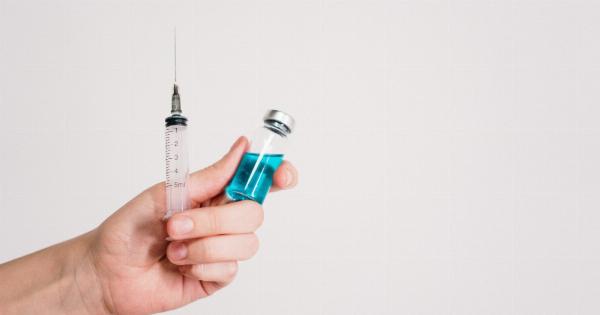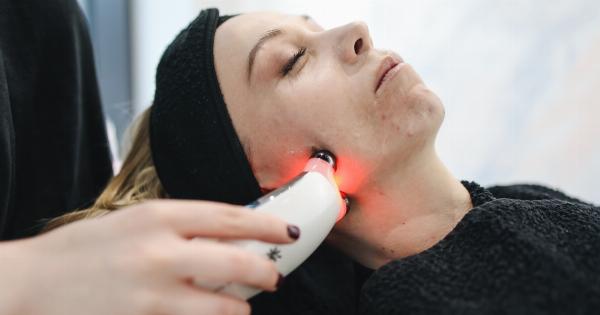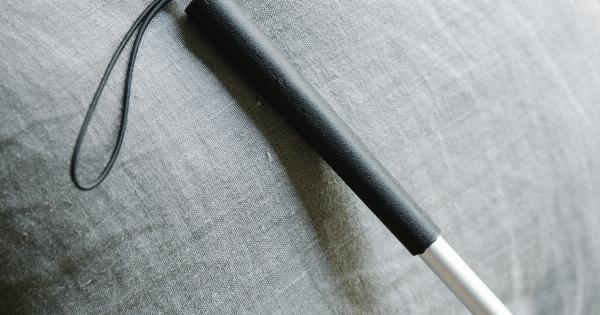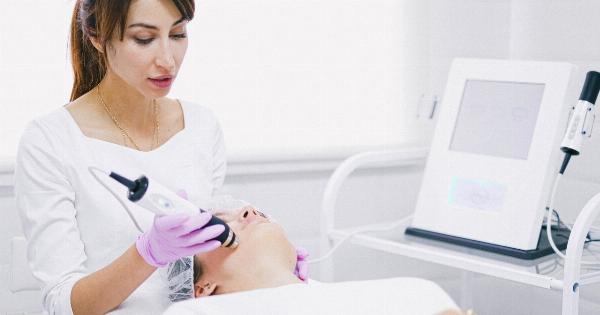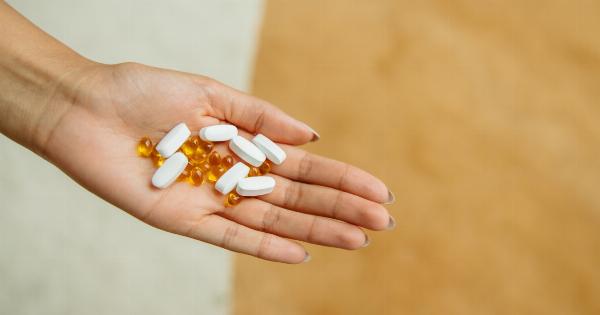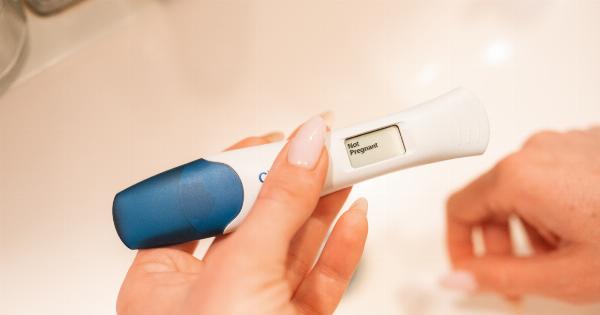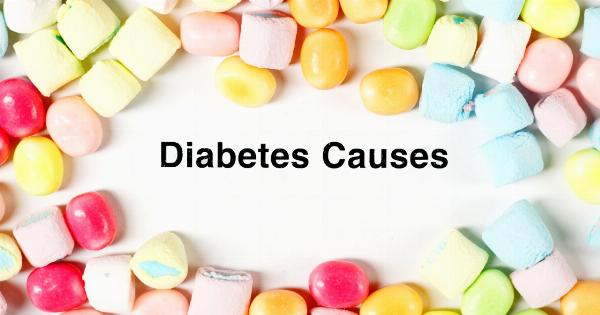Hemorrhoids, also known as piles, are swollen blood vessels in the anal area and lower rectum. This common condition affects millions of people worldwide, causing discomfort, pain, and even bleeding.
While several factors contribute to the development of hemorrhoids, here are the top causes and effective ways to deal with them.
1. Straining During Bowel Movements
One of the leading causes of hemorrhoids is straining during bowel movements. This excessive pressure on the veins in the anal area can lead to their swelling and inflammation.
Avoiding straining is crucial in both prevention and management of hemorrhoids.
2. Chronic Constipation
Constipation, characterized by infrequent bowel movements or difficulty passing stools, is a common contributor to hemorrhoids. When stool becomes hard and difficult to pass, it requires straining, putting strain on the veins in the anal area.
Addressing constipation can help prevent and alleviate hemorrhoids.
3. Prolonged Sitting or Standing
Individuals who spend long hours sitting or standing are at a higher risk of developing hemorrhoids. The lack of movement or excessive pressure on the anal area can lead to blood pooling and vein swelling.
Taking regular breaks, exercising, and maintaining good posture can help reduce this risk.
4. Obesity
Being overweight or obese can increase the likelihood of developing hemorrhoids. Excess weight puts additional pressure on the veins in the lower rectum and anal area, leading to their inflammation.
Maintaining a healthy weight through a balanced diet and regular exercise can help reduce this risk factor.
5. Pregnancy and Childbirth
Pregnant women commonly experience hemorrhoids due to the increased pressure on the veins in the pelvic area. Hormonal changes and the growing uterus can further contribute to the development of hemorrhoids.
Practicing good pelvic floor exercises and avoiding straining during pregnancy can help manage hemorrhoids.
6. Anal Intercourse
Engaging in anal intercourse can lead to the development or worsening of hemorrhoids. The friction and pressure involved can cause irritation and swelling of veins in the anal area.
Using lubrication and taking precautions can minimize the risk of hemorrhoids in individuals who engage in anal intercourse.
7. Lack of Fiber in the Diet
A diet low in fiber can contribute to the development of hemorrhoids. Fiber plays a crucial role in softening the stool, making it easier to pass without straining.
Including fiber-rich foods such as fruits, vegetables, whole grains, and legumes in your diet can promote regular bowel movements and prevent hemorrhoids.
8. Heavy Lifting
Lifting heavy weights or objects can strain the body, including the veins in the anal area. This strain increases the pressure on the veins and may cause hemorrhoids.
It is important to practice proper lifting techniques and avoid excessive strain when lifting heavy objects to reduce the risk of hemorrhoids.
9. Diarrhea
While constipation is a well-known cause of hemorrhoids, persistent diarrhea can also contribute to their development. Frequent loose stools can irritate the anal area and increase the risk of inflammation and swelling of the veins.
Managing the underlying cause of diarrhea and staying hydrated can help prevent hemorrhoids.
10. Age and Genetic Factors
As individuals age, the risk of developing hemorrhoids increases. Weakening of the tissues supporting the anal veins and decreased elasticity contribute to the formation of hemorrhoids in older adults.
Additionally, some people may have a genetic predisposition to developing hemorrhoids, making them more susceptible.
How to Deal with Hemorrhoids
While prevention is the best approach, there are various ways to manage hemorrhoids effectively:.
1. Increase Fiber Intake
Consuming a high-fiber diet can soften the stool and make bowel movements easier, reducing the strain on the anal area. Fiber supplements may also be helpful in meeting daily fiber requirements.
2. Stay Hydrated
Drinking an adequate amount of water helps maintain soft and bulky stools, preventing constipation and the subsequent development of hemorrhoids.
3. Practice Good Bathroom Habits
Avoid prolonged sitting on the toilet and excessive straining during bowel movements. Try to establish a regular bowel movement routine to prevent unnecessary pressure on the veins.
4. Use Topical Treatments
Over-the-counter creams, ointments, or suppositories containing hydrocortisone or witch hazel can provide temporary relief from pain and itching associated with hemorrhoids.
5. Take Warm Baths
Sitting in a warm bath for 10-15 minutes several times a day can help soothe the symptoms of hemorrhoids and reduce inflammation.
6. Practice Gentle Cleansing
After bowel movements, use unscented and non-alcoholic wipes or moistened toilet paper to gently clean the anal area.
7. Use Ice Packs
Applying an ice pack or partially melted ice wrapped in a cloth to the affected area can provide temporary relief from pain and swelling.
8. Don’t Delay Bowel Movements
When you feel the urge to have a bowel movement, it is important not to delay it. Waiting too long can cause the stool to harden, making it more difficult to pass.
9. Regular Exercise
Maintaining an active lifestyle and incorporating regular exercise into your routine can promote healthy bowel movements and minimize the risk of hemorrhoids.
10. Medical Interventions
If conservative measures fail to alleviate the symptoms, medical interventions such as rubber band ligation, sclerotherapy, or surgical removal may be recommended by a healthcare professional.




